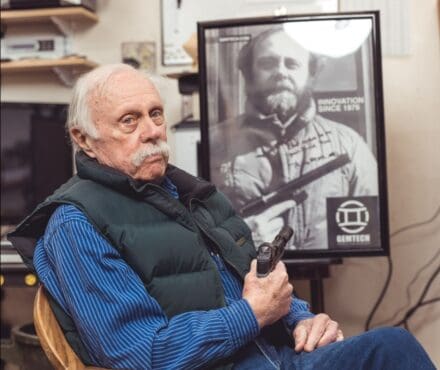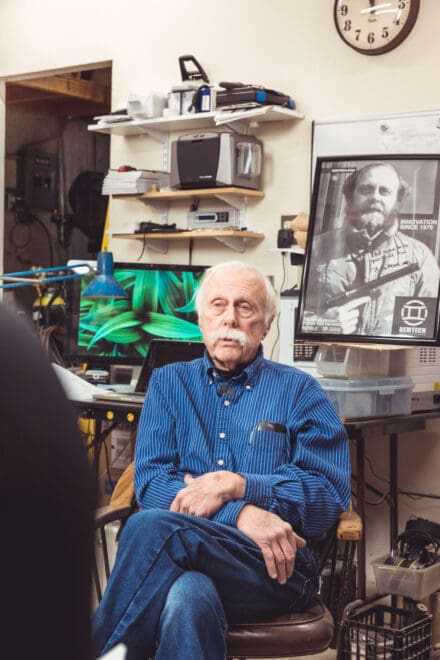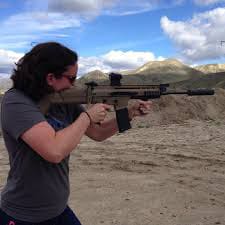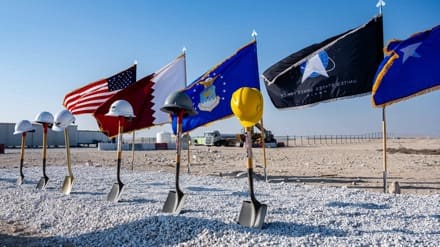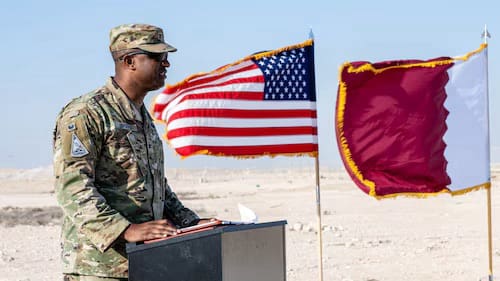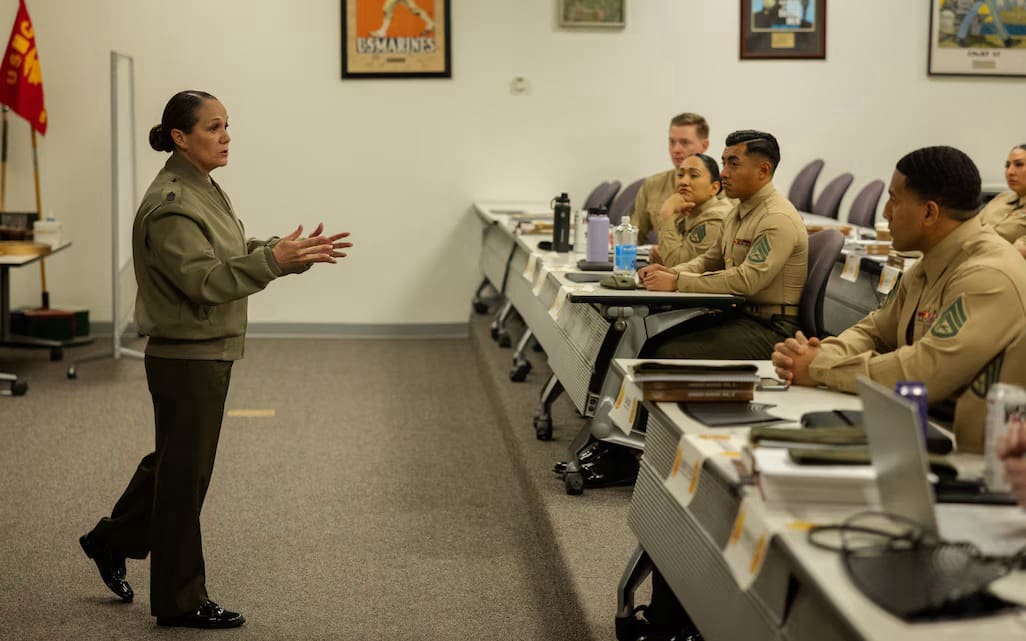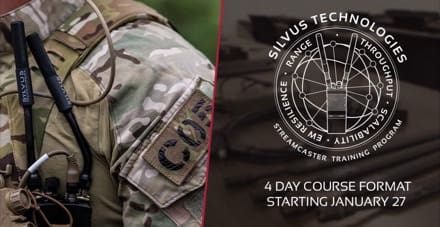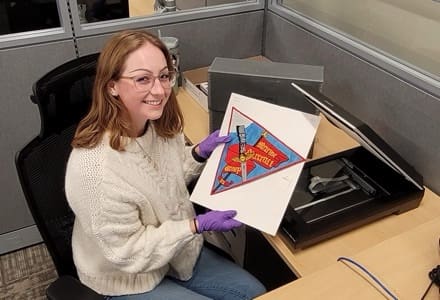ARLINGTON, Va. (AFNS) —
Air Force senior leadersconducted one of their first stops of a recently launched roadshow at Joint Base Andrews, Maryland, Jan. 24, to prepare Airmen as the service transitions into Combat Wings, Air Base Wings and Institutional Wings as part of the ongoing U.S. Air Force reoptimization.
This structural change increases the ability for commanders to focus on their mission and enables the creation of an Air Force “Unit of Action” capable of deploying as a cohesively trained and highly effective team of warrior Airmen.
Senior leaders will visit approximately 20 bases and their corresponding wings over the next few months to communicate the wing reorganization plan, to include the implementation of the wing A-Staff and dissolution of most group command echelons.
They will also explain the long-term effects of the new force presentation model to Airmen and their units, both in garrison and deployed.
Implementation is expected to begin in the summer of 2025 to include the stand-up of new Air Base Wings at designated installations.
Following the transition, Air Force installations will be comprised of a Combat Wing and/or an Institutional Wing and an Air Base Wing.
Combat Wings will focus on training and certification for mission level warfighting skills and being ready to deploy or execute in-place in support of combatant command requirements.
The mission of Institutional Wings will be to organize, train and equip the Air Force combat forces and will include units such as flying training wings and test wings.
Air Base Wings will focus on the skills and readiness necessary to protect, sustain and operate the power projection platform (the installation), supporting Combat Wings and/or Institutional Wings along with any other tenant units. They maintain the responsibility to ensure base operations in competition, crisis and conflict while also providing for the care and support of family readiness for the entire base community.
The missions of preparing and employing forces, as well as defending the installation against threats are full time jobs; the addition of the Air Base Wing allows all Airmen, from commanders to those working the line, to dedicate their full attention to their specific mission instead of dividing their attention.
“Operating and protecting our bases under enemy threat is crucial, and we must ensure our Airmen are properly trained and prepared for deployment,” said Col. Scott Yeatman, current operations deputy director. “To achieve this, our goal is to have teams of Airmen receive comprehensive training through the four phase Air Force Force Generation cycle so they’re ready for action the minute they hit the ground on a deployment.”
According to Air Force Deputy Chief of Operations Lt.Gen. Adrian Spain, “Airmen will form into cohesive units focused on training, exercising and deploying together as a mission-ready, warfighting team. These changes are fundamental to generating team readiness and increasing lethality for assured mission success.”
In parallel with these efforts, Air Force wings will largely dissolve the group command echelon and implement a wing A-Staff to facilitate wing commander decision-making and better enable the squadrons to execute their missions.
“We’ll be standardizing our staff structure across all bases, with a consistent framework, while allowing for necessary flexibility based on mission requirements at the local level. These changes will ensure the service is better organized and trained to execute operations across the joint warfighting functions,” Yeatman explained.
Roadshow engagements address how these changes will directly affect each installation they visit, how each organization will be equipped to more effectively support Department of the Air Force mission requirements and provide a forum for Airmen to ask questions.
“Reoptimizing the Air Force into Combat, Institutionaland Air Base wings is a foundational change to how we prepare and deploy combat effective forces,” said Brig. Gen. David Epperson, special assistant to the Air Force Chief of Staff. “I am excited for this roadshow and the opportunity it provides to both share information and engage in direct conversation with Airmen at the unit level about the way forward.”
More resources on the Air Force’s ongoing reoptimization efforts can be found here.
By TSgt Nick Z. Erwin, Secretary of the Air Force Public Affairs


